Winslow Homer (1836-1910)
Get a Homer Certificate of Authenticity for your painting or a COA for your Boucher drawing or print.
For all your Homer artworks you need a Certificate of Authenticity in order to sell, to insure or to donate for a tax deduction.
How to get a Homer Certificate of Authenticity is easy. Just send us photos and dimensions and tell us what you know about the origin or history of your Homer painting, drawing or print.
If you want to sell your Homer painting, drawing or print use our selling services. We offer Homer selling help, selling advice, private treaty sales and full brokerage.
We have been authenticating Homer and issuing certificates of authenticity since 2002. We are recognized Homer experts and Homer certified appraisers. We issue COAs and appraisals for all Homer artworks.
Our Homer paintings, drawings and print authentications are accepted and respected worlwide.
Each COA is backed by in-depth research and analysis authentication reports.
The Homer certificates of authenticity we issue are based on solid, reliable and fully referenced art investigations, authentication research, analytical work and forensic studies.
We are available to examine your Homer painting, drawing or print anywhere in the world.
You will generally receive your certificates of authenticity and authentication report within two weeks. Some complicated cases with difficult to research Homer paintings or drawings take longer.
Our clients include Homer collectors, investors, tax authorities, insurance adjusters, appraisers, valuers, auctioneers, Federal agencies and many law firms.
We perform Winslow Homer art authentication, appraisal, certificates of authenticity (COA), analysis, research, scientific tests, full art authentications. We will help you sell your Winslow Homer or we will sell it for you.
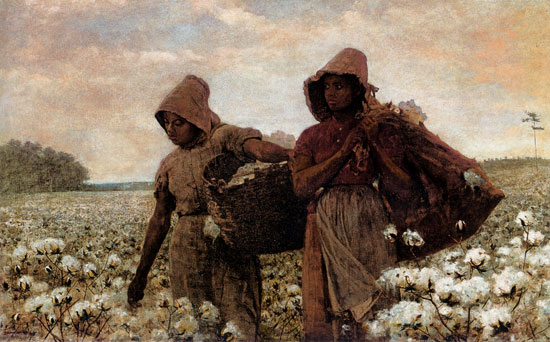
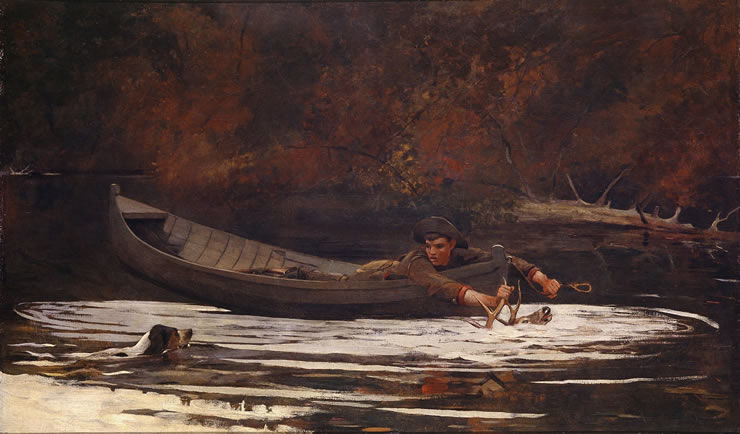

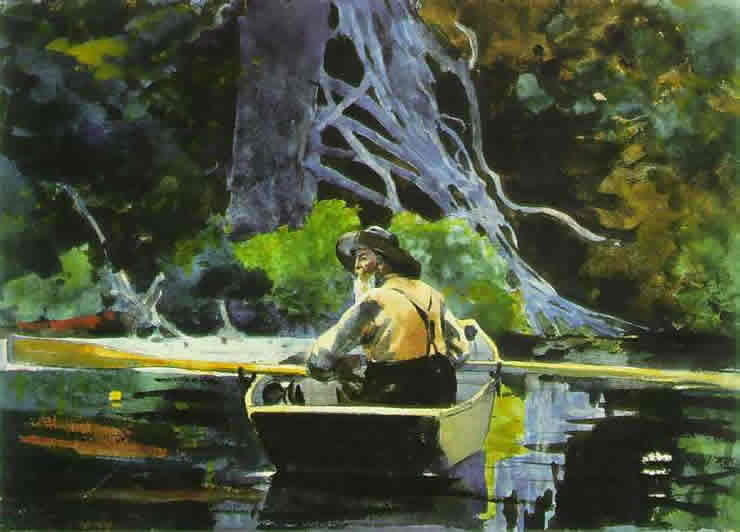
Winslow Homer was born in Boston, Massachusetts, and became an apprentice to a lithographer when he was 19 years old. By the time he was 21, Homer had established a successful freelance career as a magazine illustrator and contributed to magazines like “Harper’s Weekly” and “Ballou’s Pictorial.” Most of his early works were engravings, characterized by simplified forms, clean outlines and dramatic contrasts of dark and light. These initial qualities remained constant and were important foundations that would follow him throughout his career.


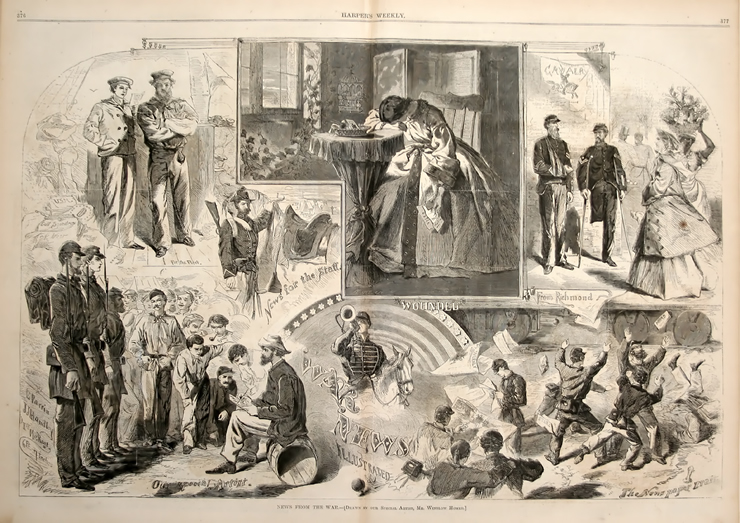
Homer opened up his first studio in New York City in 1859, and officially began his career as a painter. He was sent by “Harper’s Weekly” to the front lines of the Civil War during this time to paint pictures of mundane camp life and scenes at the battlefield. After he returned home from the war, Homer set to work on creating a number of war related paintings which are noted today by art critics for their realism and objectivity.
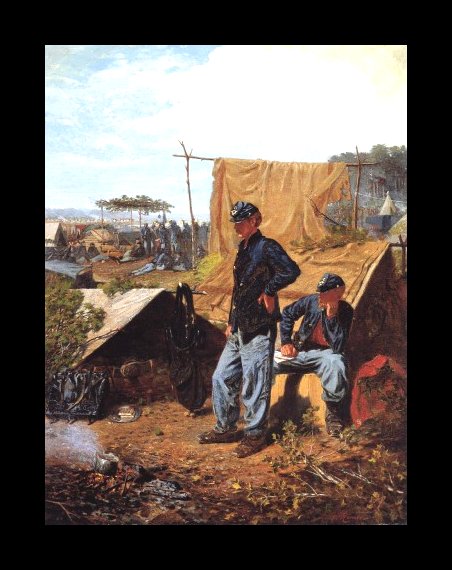
In 1867, Homer traveled to Paris, France where he worked and lived for a year. While he was there, he honed his landscape painting skills and continued to work for “Harper’s Weekly.” While he showed great interest in the techniques used by the Impressionists during this time, his existing paintings show little proof that he implemented them.
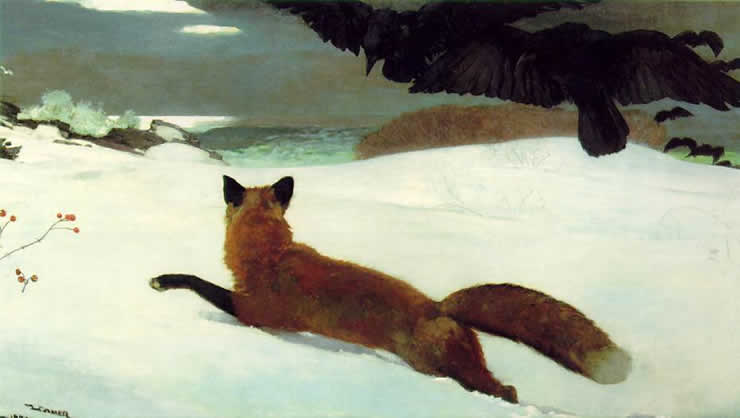

From the 1870’s to the 1880’s, Homer became known for his idyllic scenes of young adults courting, children playing and farm life in general. He began to paint in watercolor in 1873, and unwittingly began to create works that would create a big impact on the use of the medium in the art world. These watercolor paintings were original, fresh and exquisitely executed, yet loose and spontaneous just the same. Homer loved the medium so much that he was even quoted as saying “I will live by my watercolors.”

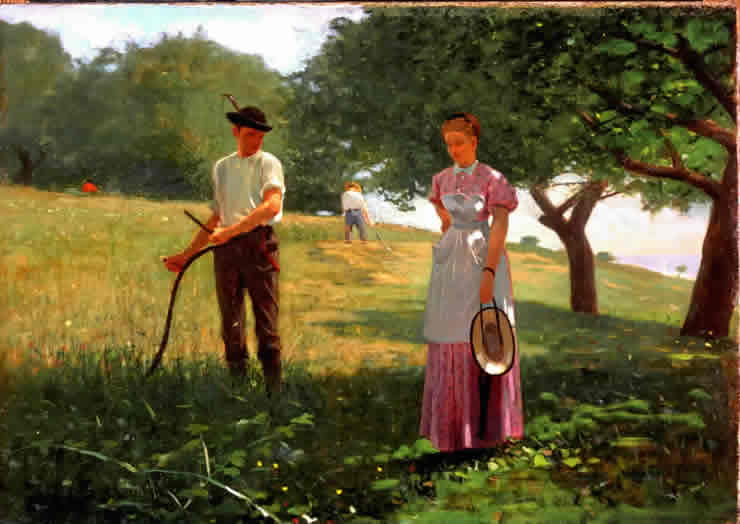
By 1875, Homer retired from working as a commercial illustrator, and began to travel widely. He spent two years on the English coast of Northumberland, and created many seaside scenes. Upon his return to the United States, Homer settled in Maine, and continued to paint the seascapes that he is best known for today. During the winter months, Homer also took up residencies in Florida, Cuba and the Bahamas, and also spent some of his summers in the Adirondack Mountains and in Minerva, New York. He worked right up until his death at the age of 74, leaving his painting “Shoot the Rapids” unfinished.

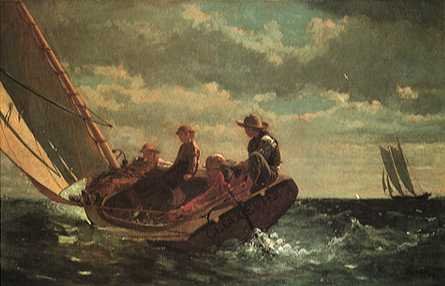

Today, Homer’s work is housed in a number of prominent American public and private collections, and perhaps in your own home. Still wondering about a 19th century landscape or Civil War era illustration in your family estate? Contact us…it could be by Winslow Homer.
Reviews
1,217 global ratings
5 Star
4 Star
3 Star
2 Star
1 Star
Your evaluation is very important to us. Thank you.
